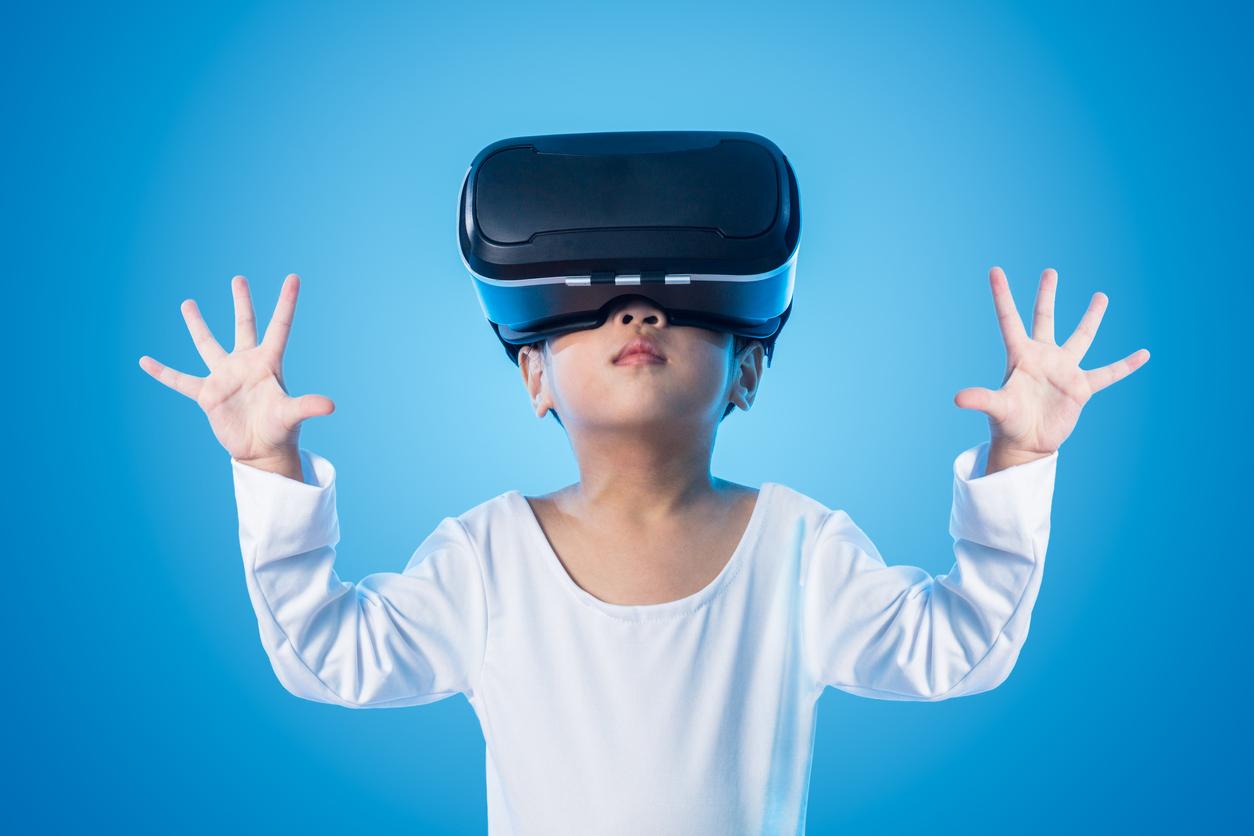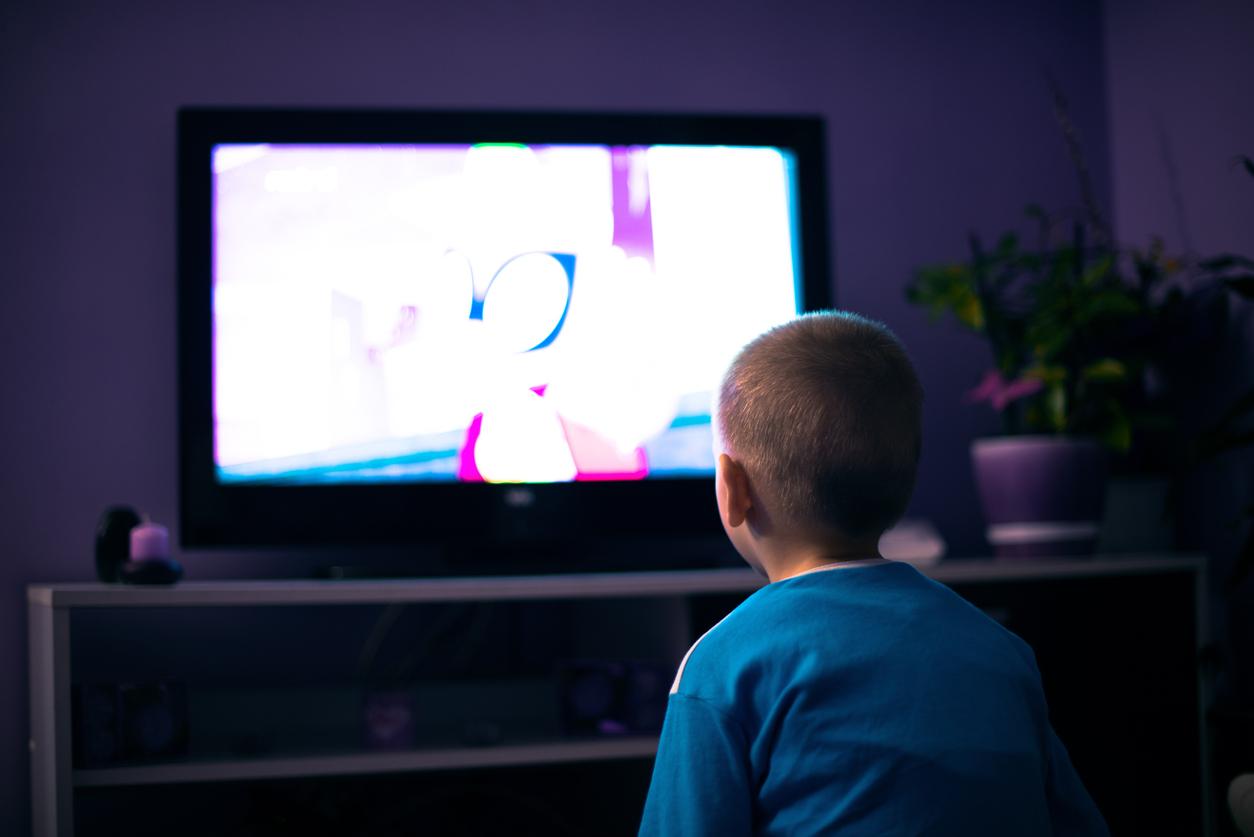Scientists have developed a virtual reality game that helps diagnose Attention Deficit Hyperactivity Disorder (ADHD). It detects disease based on children’s eye movements.

- According to estimates, 3.5 to 5.6% of school children suffer from ADHD in France. The average age of diagnosis is 9-10 years old.
- The 3 most common symptoms of ADHD in children are attention deficit (about 47%) hyperactivity and impulsivity (about 36%). About 17% of cases present with a combination of the three.
- To confirm the diagnosis of ADHD, several consultations are necessary with the attending physician but also with a specialist in the disorder (pediatrician, neurologist, psychiatrist, neuropsychologist).
Signs that vary in form and over time, lack of professional training, difficulties in assessing how the child behaves all day… ADHD is a difficult disorder to diagnose.
Finnish researchers have found a way to detect the disease more easily: virtual reality.
ADHD: virtual reality to facilitate diagnosis
Scientists have developed a virtual reality game, simulating different situations of children’s daily life, which is able to spot the symptoms of ADHD.
Called EPELI, the program tracks children’s eye movements and uses machine learning to look for differences in patients with the disorder. It offers a list of everyday actions to perform such as brushing your teeth, making your bed or even eating a banana. “The player must remember tasks despite distractions in the environment, such as a television on. The game measures everything: how many times the child clicks on controls and how efficiently they perform the requested actions. Efficiency is correlated with daily functioning”specifies one of the managers of the Topi Siro study.
The researchers asked 37 children diagnosed with ADHD and 36 children without the disorder to play EPELI and another game called Shoot the Target (the player must locate objects in the environment and aim at them by looking at them). “We tracked children’s natural eye movements as they perform different tasks in a virtual reality game, and it was found to be an effective way to detect ADHD symptoms. ADHD children’s gaze stopped longer on different objects in the environment, and their gaze jumped faster and more often from one place to another.This could indicate a delay in the development of the visual system and weaker information processing than the other children” explained Liya Merzon, a PhD student at Aalto University who worked on the research.
A fun test for children and other possible applications
The virtual reality game, presented in Scientific Reporthas another interest in relation to the examinations currently available. “It’s not just new technology to objectively assess ADHD symptoms. Children also find the game more interesting than standard neuropsychological tests”explains Juha Salmitaival, researcher at Aalto University and leader of the project.
“The experience was very positive. All the neuropsychologists who responded to a satisfaction survey after the first test said they had benefited from the use of virtual reality methods as a complementary tool in their work”, added his colleague Eric Seesjärv.
The team envisions broader applications for their program. Beyond the evaluation of symptoms, it could also be used as an aid in the treatment of ADHD or for the detection of other pathologies such as autism, Parkinson’s disease or Alzheimer’s.
















